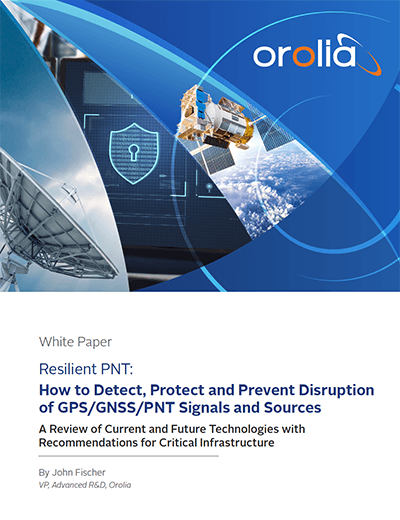Resilient PNT: How to Detect, Protect and Prevent Disruption of GPS/GNSS/PNT Signals and Sources
However, in recent years, malicious threats have emerged have exposed the Achilles heel of GPS/GNSS: Its weak power and unencrypted signal format leave it vulnerable to jamming and spoofing. The loss of PNT information can result in rare but catastrophic events, crippling critical infrastructure that is necessary for our survival.
Fortunately, there are many alternative technologies available to augment GPS and provide accurate and reliable PNT information even under extremely adverse conditions. These include:
- Low Earth Orbit (LEOLEO - Low Earth Orbit. LEO refers to the orbit that most artificial satellites travel within. LEO is closer to earth compared to other satellite constellations such as GPS and GEO satellite systems. LEO is approximately 1,200 miles above Earth or less, meaning the satellites in this orbit travel at high speeds (i.e. 15,000 mph) and can orbit the Earth in less than 2 hours. Most human spaceflight missions have ocurred within LEO.) PNT satellite signals – operating close to the Earth, with signal strengths ~1000x stronger than GPS, to overcome jamming. And, encrypted to prevent spoofing.
- Miniaturized, affordable atomic clocks to provide precise time internally – which is the foundation of every positioning system – without connection to, or reliance on, outside sources which could corrupt the precision.
- Fiber optic network time distribution via secure, high accuracy protocols.
In a new white paper, I discuss these alternative technologies and offer recommendations for procedures and processes to manage and avoid the risks of cyberattacks, applying the best practices known today. I focus on Resilient PNT and describe the strategies, technologies and procedures to avoid these cybersecurity risks and ensure the continuity of any critical operation.



